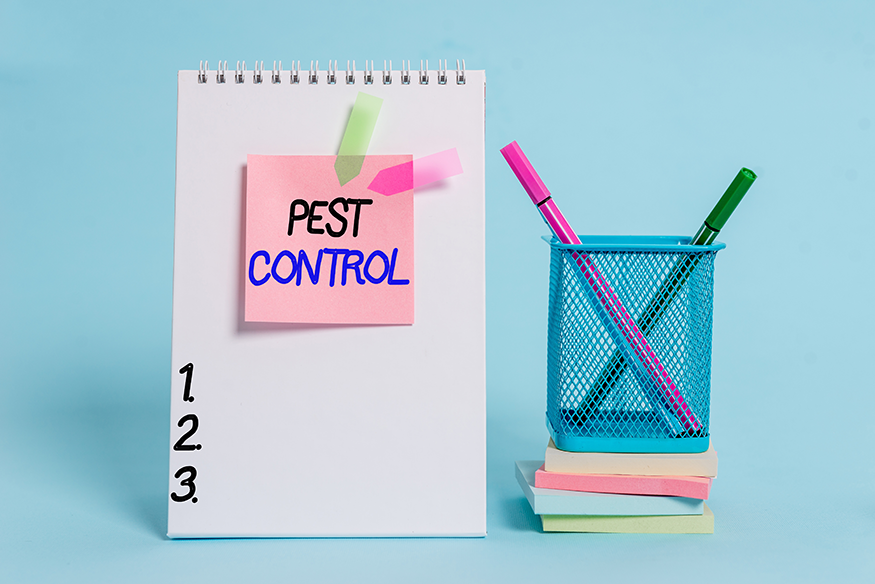Creepy Crawlers: Pest Control and CRE
From a one-off appearance to an infestation, finding pests and insects in a commercial property can spell out big problems down the line. The situation can vary based on locations, type of property, and tenants, but it always needs to be dealt with swiftly. Here is a breakdown of pest control and how it can affect a commercial property.
Identifying the Culprit
Not only can pests be a tad unsightly, but they can signify issues within the property. Whether it is an unclean environment, possible damage in the walls, or gaps in the façade. The effects of a pest are based on the type. While termites can cause structural issues, rodents and wildlife can present a safety concern. Identifying what the issue is and how extensive it is the first step to fixing it.
This is also a good preventative maintenance step. Find out what potential pests or wildlife may be in the area and attracted to the property. Inspect your property and identify possible areas of ingress and egress for the pest. IT is also important to find out what attracts certain undesirable wildlife or insects so that information can be given to tenants on how to prevent an infestation.
Setting the Environment
While property professionals can’t put their building in a bubble, they can perform a few preventative steps to reduce the chance of a pest coming in. One of the larger offenders when it comes to pest management is the waste removal process. Whether for the building or in an individual tenant space, waste must be removed and covered consistently to prevent certain pests from making their way to it.
Another area of concern is gaps in the façade. This is especially pertinent to wildlife concerns. Make sure to seal and close off cracks and holes that could allow for outside entry. It is also important to remove clutter in areas near the façade where a pest may be able to hide.
Termites can cause huge structural damage to a property’s walls, furniture, or isolation, so controlling moisture can be a helpful preventative maintenance step. Work with a pest control management company to identify what pests may be a threat to your property and what the best preventative strategies may be.
Integrated Pest Management
Integrated pest management (IPM) is largely considered a best practice in the industry. Borrowed from agriculture, IPM focuses on seasonal threats and uses pesticides as a last resort as some pesticides present potential safety hazards for people and the environment.
IPM targets pest by eliminating what attracts them on a seasonal basis as well as employing the use of traps and improved sanitation long before pesticides. The system involves inspection, prevention, identification, control measures, and monitoring.
Overall, IPM mainly focuses on the upkeep of the property and the responsible preventive steps to eliminate pests. Exterior maintenance and sanitation will always be key areas to focus on when trying to maintain a pest control system year-round.
Pests, insects, and wildlife can present safety and sanitation issues for a property, but key preventative steps can protect tenants as well as the environment.
Sources: BOMA International Foundations of Property Management textbook http://www.assetmanagementalliance.com/how-to-keep-your-commercial-property-safe-with-proper-pest-control/









